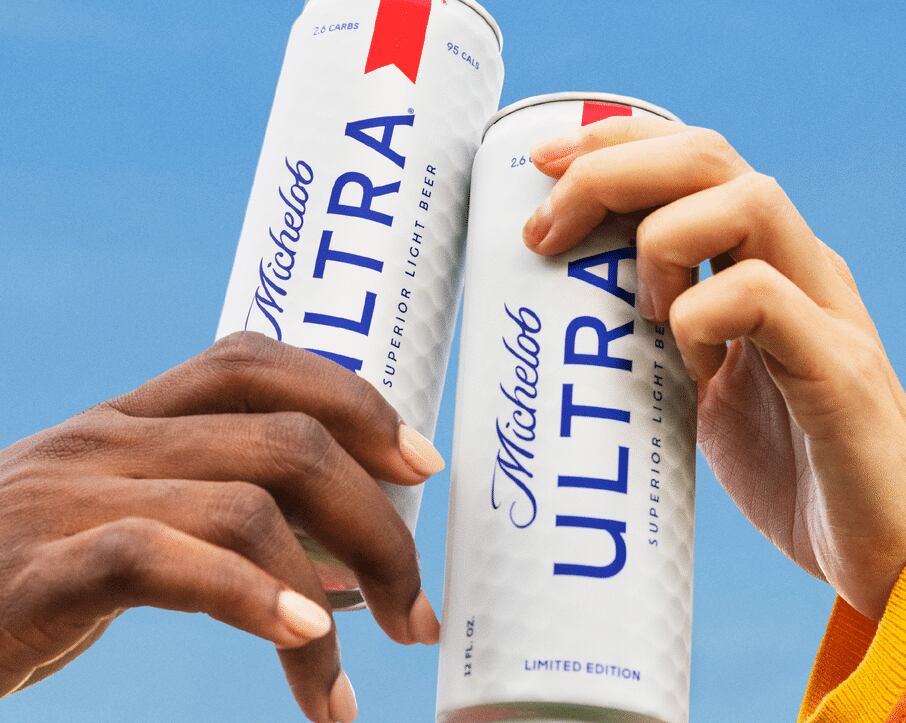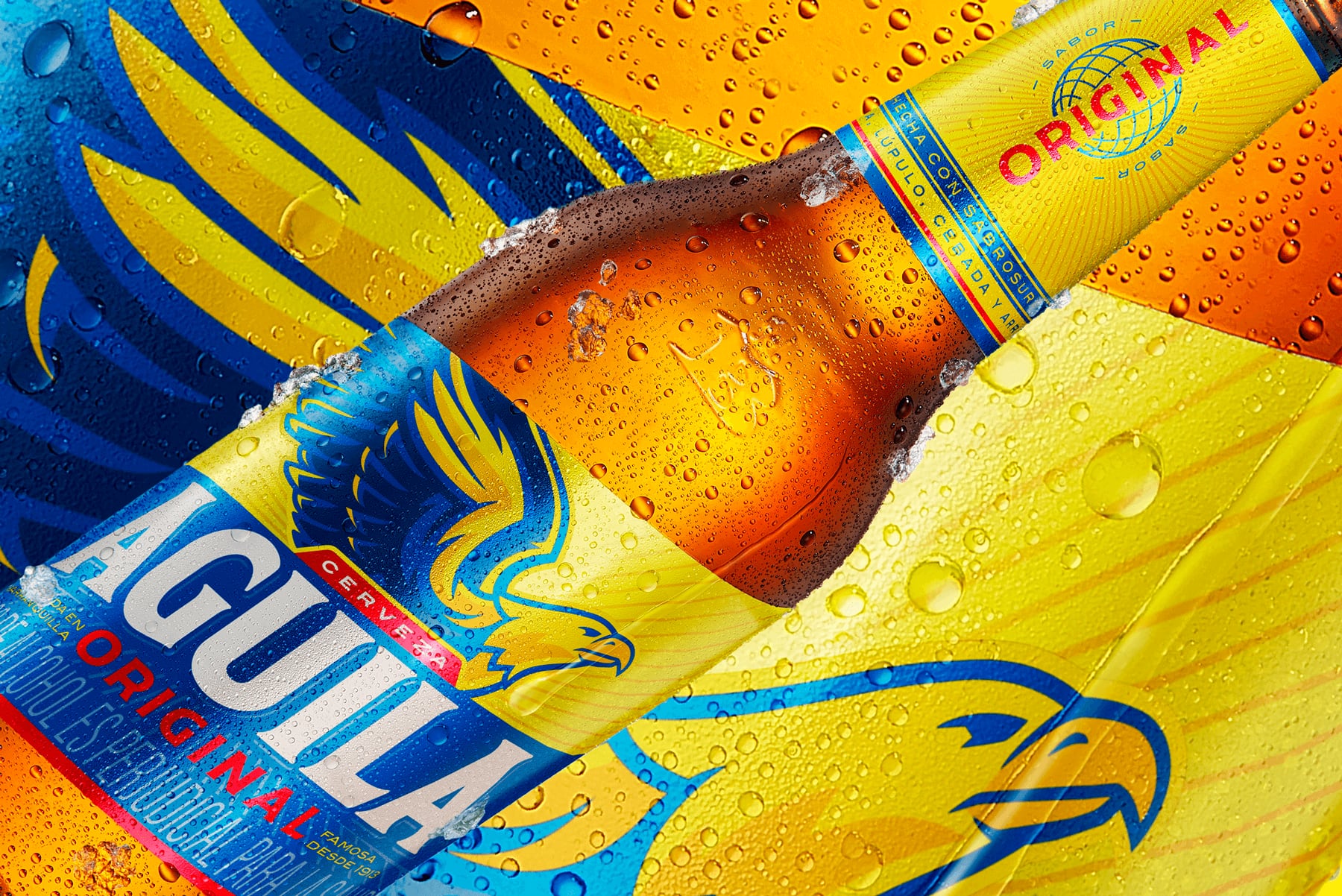This morning, the world’s largest beer company reported all-time high full year volumes and 11.2% revenue growth, reaching $57.8bn for the year. Revenue per hl grew 8.6%. Volumes grew by 2.3% over the year, although slipped 0.6% in the fourth quarter of the year.
Premiumization remains a key driver for the company.
FY 2022 highlights
In the US, the above core beer and beyond beer categories now generate more than 40% of AB InBev’s revenue in the country and the business has now delivered over $850m revenue growth compared to FY19 pre-pandemic levels.
Revenue grew by 2.3% in 2022 with revenue per hl growth of 6.7%.
The above core beer portfolio outperformed the industry in FY22, led by Michelob Ultra which grew volumes by high-single digits and by the growth of premium brands including Stella Artois, Kona Big Wave and Estrella Jalisco. In Beyond Beer, the company’s spirits-based ready-to-drink portfolio (which includes spirit-based cocktail Cutwater and vodka seltzer Nutrl) grew volume by strong double-digits and continued to outperform the industry.
In Europe, revenue grew by double digits and revenue per hl saw high-single digit growth.
The company continues to premiumize its portfolio in Europe this year with its premium and above premium brands now making up over 55% of revenue. The global brands and super premium portfolio grew revenue by low-teens, led by over 20% growth of Corona.
Despite the ‘significant impact’ of continued COVID-19 restrictions in China in 2022, the premium and super premium portfolio delivered volume and revenue growth ahead of FY19 pre-pandemic levels in this market.
In Mexico, above core beer brands grew over 20%, led by Modelo, Pacifico and Michelob Ultra.
Beer is still 'highly profitable'
AB InBev acknowledges the pressures such as economic uncertainties, elevated input costs and supply chain disruptions – ‘which continued to constrain our full growth potential’ .
And the beer category also faces challenges from changing consumer trends: with people reducing alcohol consumption or looking to trendy new beverages such as hard seltzers and RTD cocktails.
But AB InBev remains bullish on the prospects for beer in 2023. “We believe the strength of the beer category remains fundamentally attractive as it is big, profitable and growing,” it says.
“While the operating environment may continue to be dynamic, we are laser-focused on executing our strategy and our business has momentum.”
It adds that beer is still ‘highly profitable’ relative to other CPG (consumer packaged goods) categories: having been growing in volume and share of throat in the last five years across key markets such as Africa, Latin America and Asia.
And long-term, China is another key opportunity: because of its size and the growth of middle and upper economic classes.
Winning in beer
AB InBev sets out the ‘proven and scalable category expansion levers’ it wants to use to make the most of the opportunities in beer.
It wants to widen the category to more consumers: “We are making the beer category more accessible for all consumers through our inclusive brand, pack and liquid offerings,” says the company.
That also includes developing occasions: “We are reaching beyond traditional beer occasions, such as sports, to in-home and meals occasions, where our portfolio is positioned to win with our global brand Stella Artois, local brands such as Victoria in Mexico and our innovative new no-alcohol offerings.”
Another lever is to focus on strengthening its core portfolio – ‘elevating our products, packaging, positioning and retail execution across all markets’ – as well as continuing its drive for premiumization.
“We continue to lead the global premium and super-premium segment," says the company. "We are providing consumers with an opportunity to trade up through our industry-leading portfolio of above-core brands,” it says.
Finally, it believes that its might and muscle puts it in the best place to take advantage of all these factors.
“We have an industry leading portfolio of brands across all price points, an advantaged geographic footprint with leading positions in most of the world’s largest beer profit pools and growth regions, and advanced digital products that are bringing us closer than ever to our customers and consumers. We are investing in our brands, facilities and digital transformation to support our organic growth potential and optimizing our financial profile through disciplined resource allocation and everyday efficiency.”




